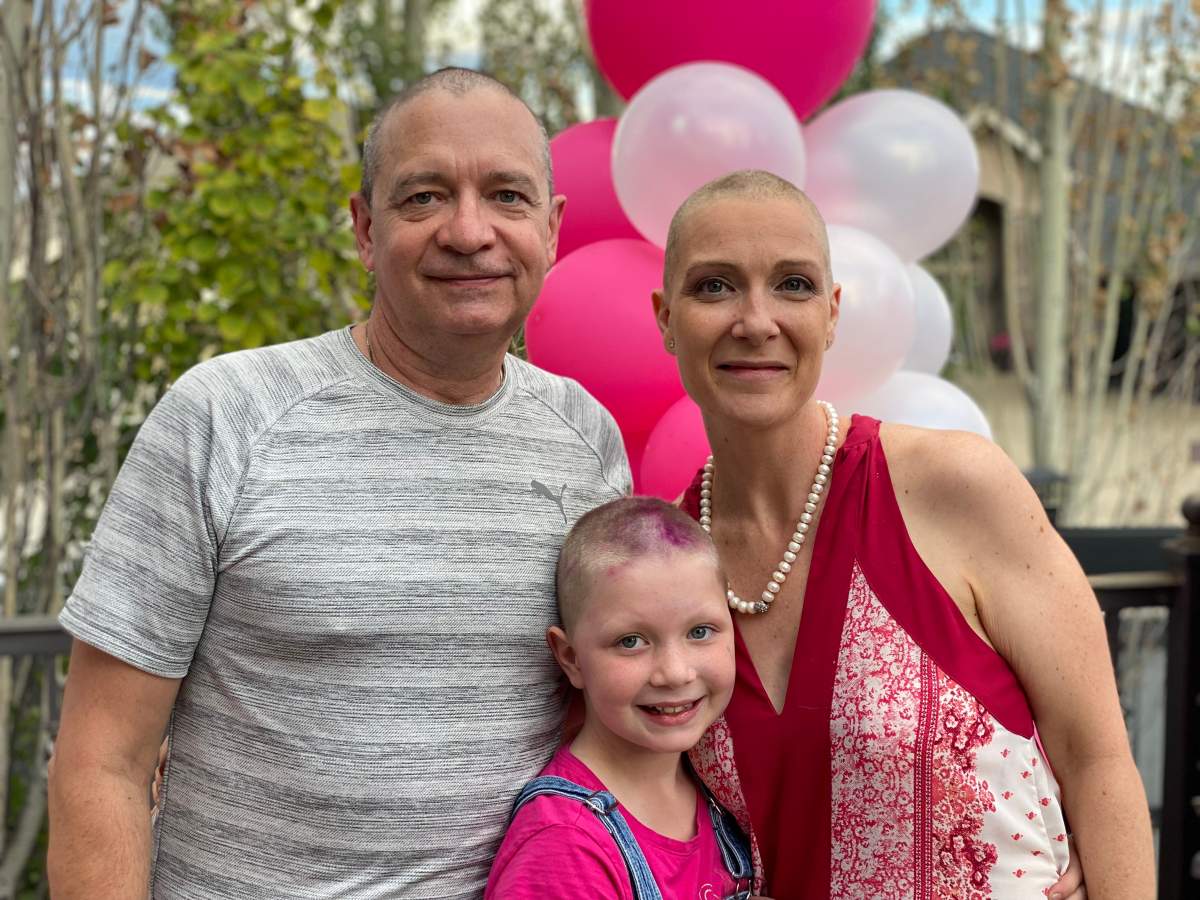The Misericordia Community Hospital now has a high-definition imaging machine that lets surgeons check — in real time while still in the operating room — that they’ve successfully removed all cancerous cells from patients’ breasts.

The Faxitron machine results in more accurate lumpectomies, shorter and more efficient surgeries, reduces the likelihood of repeat surgeries, and lessens strain on the hospital’s operating room space and resources.
“This system has allowed us to be much more efficient in the operating room because we just depend on ourselves,” Dr. Nikoo Rajaee explained. “We bring the specimen, we look at it ourselves, it takes us maybe one or two minutes, we go back to the operating room and finish our surgery.”

Using the Faxitron, breast cancer surgeons can take an X-ray of a specimen and ensure they’ve removed all the cancer “to make sure that the margins are negative and avoid further surgeries for the patient.”
“If I was in the operating room and I didn’t have the X-ray, two weeks later, I would be sitting in the office telling my patient we would have to come back and do a second surgery.”
Rajaee said every time a patient needs a second operation, it delays the rest of their therapies. The Faxitron, she said, expediates their care.

The high-definition specimen radiography system was made possible because of a $150,000 gift from an anonymous donor to the Covenant Foundation.
“We’re extremely grateful to the Covenant Foundation and to the anonymous donor,” Dr. Lashan Peiris said. “I’m constantly surprised and constantly in awe of people who give their time and their money to help better the service that we offer patients.”
Heidi Hadubiak, a 43-year-old registered nurse who battled breast cancer herself, is also grateful she had access to the Faxitron during her treatment.

Get weekly health news
“I work in health care and I know the opportunity to have this sort of machine that saves repeat surgeries makes the efficiency of the operating room improved. It means that people can get in and get treated sooner, which is one of the most important things from a quality of life perspective for the patient,” she said.
“The ability to have donors like that who help us as patients in our journey and improve the care that we get, improve the outcomes we get after surgery… I’m appreciative.
“A huge thank you to the donor that helped us have that here at the Misericordia.”
Hadubiak had a mammogram back in February. The results meant more imaging was required, followed by two biopsies. In March, her doctor called her with the news.
“I can’t even describe that feeling. I used to work in oncology and being on this side of it is an incredibly different experience: the anxiety and the stress.”
She had breast cancer surgery in May at the Misericordia.
“They used the Faxitron, were able to identify they did need to go back in for a bit of a margin and that meant I didn’t have to go back for surgery again.
“The fact that at that point you can start your recovery, I can go back to my family, and get on to the next leg of my journey, just is an incredible peace of mind,” she said.
“I remember Dr. Peiris waking me up in recovery and showing me the images, and his reassuring voice saying: ‘We got it all.'”
The Misericordia performs about 1,500 breast cancer surgeries every year — more than any other hospital in northern Alberta.
“The Faxitron has really revolutionized our practice here,” Peiris said. “All of us will use it on a daily basis.”
The technology allows surgeons to remove less breast tissue — only the cancerous or pre-cancerous cells — and that means preserving breast shape and impact on the patient.
“Quality of life and survivorship is now the main aim,” he said. “Anything that we can do as surgeons to preserve long-term quality of life, preserve cosmesis, is always going to be a winner.”

In Hadubiak’s case, there were microscopic calcifications in her breast that were picked up on a mammogram. However, those calcifications aren’t visible to the naked eye and surgeons can’t feel them during surgery.
“What the Faxitron did with Heidi’s case is it enabled me to see the calcifications inside her lump, but more importantly, I could see that the calcifications — which represent pre-cancerous cells — were very close, in fact, dangerously close, to one margin,” Peiris said.
“So, what I could do is go back to the operating room while she was still asleep, take a bit more tissue… I X-rayed the margin and I could see there were no more margins.
“In the end, sure enough, on the final pathology report, she had a positive margin on that lumpectomy, but with the extra tissue that I took, she had a negative margin, so we in fact saved her from coming back for a second surgery,” the surgeon said.
Hadubiak started chemo in August and finished her last cycle at the end of October.
“We’ll start some radiation in a couple of weeks… All this will be in the rear-view mirror by Christmas.”
She says every step she completes in her recovery means she’s closer to being the person she was before she was “a cancer patient.”
“Being a mom, being a wife and the person I am at work.
“I will be happy to get to the next stage and just getting back to living my life.”
There are three other Faxitrons in the Edmonton area — at the University of Alberta Hospital, the Cross Cancer Institute and the Sturgeon Hospital in St. Albert.
Rajaee says there’s been a fewer mammogramic screenings during the COVID-19 pandemic and is encouraging women to ensure they get a mammogram when it’s time.







Comments